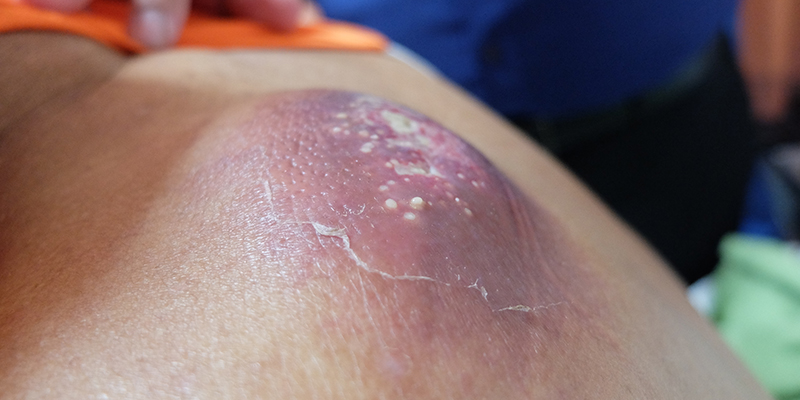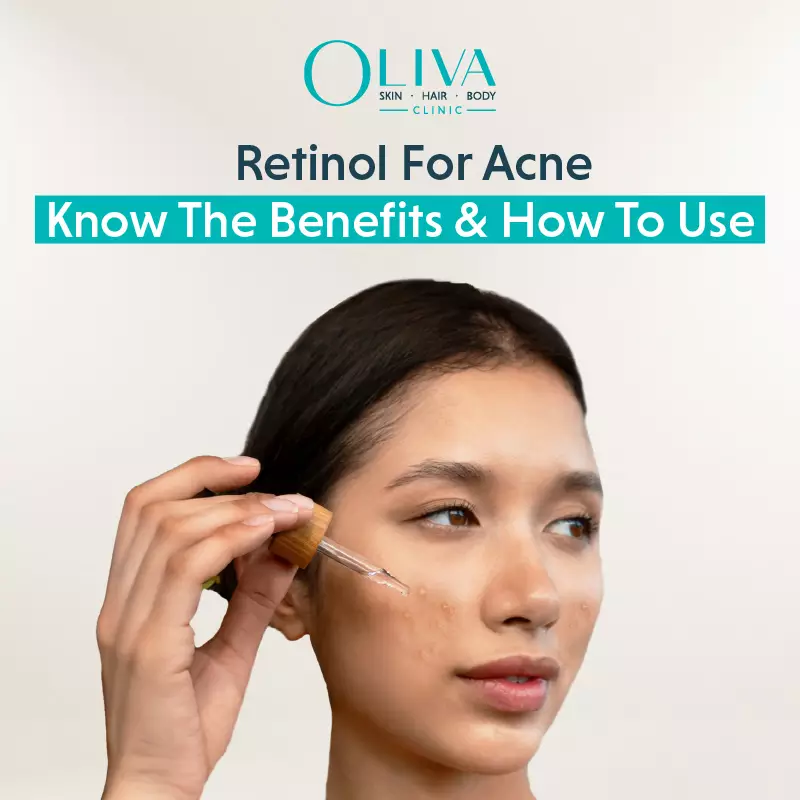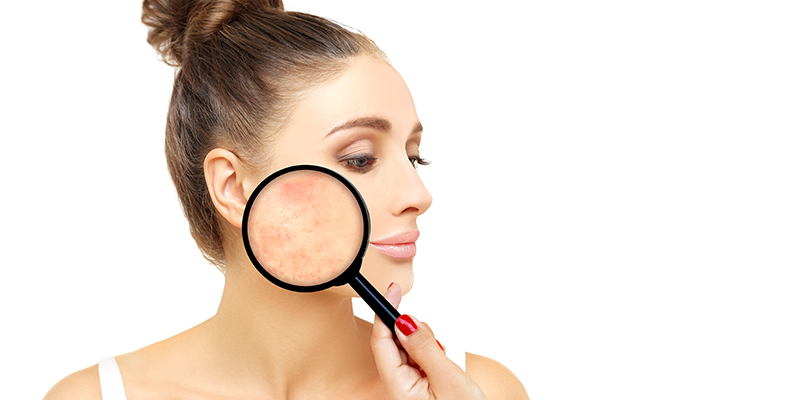What Is A Carbuncle And How To Treat It?
If you have ever suffered from a cluster of boils that appear altogether, then you know how painful and horrifying the experience must have been. Carbuncles are not only unattractive but can also pose several health problems if left untreated.
What Is The Meaning Of Carbuncle?
Carbuncle is a swollen, red, inflamed and very painful cluster of boils. All the boils are interlinked and connected to one and another. Carbuncle is a type of an abscess formed under the skin. They are caused when a hair follicle is infected by bacteria called staphylococcus aureus bacteria. They thrive on areas of the body where there is abundant hair. A carbuncle is filled with thick pus, blood cells and dead skin cells. They must be drained in order to be healed and they leave scars once they are completely cured.
Carbuncles can occur on any part of the body namely on the back, behind the neck, thighs, groin, buttocks, armpits, scalp, and legs. If you start to get carbuncles on your face (chin, nose or cheeks) then it is cause for worry.
Must Read: How To Find A Dermatologist Near You?
Causes Of Carbuncle
Carbuncles are caused when a bacterium called Staphylococcus aureus (mainly inhabits the nasal passages, throat and skin’s surface) enters the hair follicle and gives rise to multiple boils. This bacterium inhabits the skin through broken skin or scrapes. Sometimes the bacteria can invade the hair follicle without an opening. When this happens, it can result in a number of boils filled with pus, fluid and dead skin cells.
Another reason why carbuncle can form is when the body is moist. This makes it highly susceptible to infections and causes bacteria to breed and thrive easily.
What Does A Carbuncle Look Like?
There are many types of boils and carbuncles. They look different from one another. Here are some ways to identify carbuncles –
- The size can vary from small to large (as big as a golf ball)
- It is red and very painful to touch
- The carbuncles are often swollen and tender
- They can be itchy and ooze out pus
- Carbuncle symptoms include high fever, a general sense of illness, fatigue and chills.
Risk Factors Associated With Carbuncle
Developing a carbuncle can lead to other health problems. Another risk factor involves being in close contact with a person who suffers from carbuncles as it increases your chance of developing them. Here are some factors that may increase the risk of developing a carbuncle –
- Diabetes
- A weak immune system
- Kidney and liver diseases
- Poor hygiene
- Sharing razors for shaving
- Dermatitis
Must Read: How To Get Rid Of Teenage Acne?
Diagnosing Carbuncles
Carbuncle is not a skin disease you can ignore. If you notice a group of boils forming together or experience any other stated symptom, then please notify your doctor/ dermatologist immediately.
A dermatologist will be a better judge on whether you have a carbuncle or not. If needed, a sample with the pus will be sent for lab analysis. Keep a note of when a carbuncle started to form and how long it has been on your skin. Do not forget to mention if you’ve had specific symptoms.
Reoccurrence of carbuncles is a concerning issue especially if the carbuncle occurs in the same area as before. If you are diabetic then you have higher chances of developing carbuncles. Your doctor will most likely run a few bloods and urine tests to check your overall health.
Medical Treatments For Carbuncle Removal
Carbuncles must never be self-treated at any cost. Please visit a dermatologist and seek medical help if you are suffering from them. They are highly infectious and contagious.
The only way to heal a carbuncle is by draining the pus and applying ointments to heal the open carbuncle.
- Incision and drainage: For those suffering from deep and large carbuncles, drainage is important in order to heal it. Drainage performed by using a needle or scalpel. Do not try to drain it yourself as it can spread to other areas and cause more carbuncles
- Antibiotics and Antibacterial medication – A strong dose of antibiotics is prescribed for oral or topical use if the symptoms keep persisting. And in order to keep the carbuncle and your hands clean, antibacterial soaps are used consistently to prevent the carbuncle from spreading
- Acetaminophen – Painkiller may be prescribed for alleviating the unease carbuncles bring along.
Must Read:
How To Get Rid Of Carbuncle Scars?
Carbuncles leave embarrassing scars and overcoming them may seem like a daunting task. There are several treatments that can help in fading these scars effectively –
- Chemical Peel: Few sessions of chemical peel performed by a dermatologist will remove any scar left behind by a carbuncle. Chemical peels gently slough off the dead skin cells and hyperpigmentation caused by a carbuncle. A plant extract-based concoction of carrying strength is applied over the skin and controlled exfoliation is administered clinically. This helps in removing the scars along with dead skin cells from the upper layer.
- Laser: Laser has the penetrative power to go deep into the layers of your skin and eradicate any signs of scarred tissue. A controlled beam is targeted at the scar tissues which causes controlled thermal injury thus stimulating newer collagen production. This brings about new cells from beneath.
- Retinoid: Retinols are recommended by dermatologists as they contain Vitamin A, a highly effective exfoliator used to remove the upper layers of skin in order to reveal younger, blemish-free skin.
Disclaimer:
This article provides medical information about various procedures for awareness purposes only. We want to help you know about the various treatment options beyond the services available at Oliva Skin & Hair Clinic. We request you weigh the pros and cons of these aesthetic practices and make an informed decision about your skin and hair health.
How Can You Prevent The Occurrence Of Carbuncles?
Carbuncles are mainly caused by a bacterial infection and any bacterial growth can be prevented easily. Follow some simple guideline on how to prevent carbuncles –
- Maintaining proper hygiene is the key to preventing carbuncles. By simply washing your hands after using the bathroom and before eating, you can reduce the risk of a carbuncle infection
- Shower on a daily basis to keep your skin clean and free from bacteria
- Wash your clothes, innerwear, bedsheets and towels in hot water and soap
- Do not pick or squeeze the boils as they can leave permanent scars behind.
Must Read: Acne Extraction – Medical Extraction By Dermatologist
Complications Of Carbuncles
If the carbuncle is extremely large or severely infected, then it may require stronger doses of antibiotics. Carbuncles caused by methicillin-resistant Staphylococcus aureus (MRSA) bacteria can affect the bloodstream and cause further complications. It can lead to infections in the lungs, blood, heart and the central nervous system. Other deadly diseases carbuncle can cause are sepsis; an overwhelming infection that is fatal if left untreated. Symptoms of sepsis include rapid heartbeat, chills and spiking fever.
Carbuncle Healing Stages
There are three stages in which a carbuncle heals.
- Stage 1 – Bringing it to the skin: Keep the boil warm so that it can come to the skin’s surface and begin to heal.
- Stage 2 – Open to drain: Once the boil is on the skin, visit the dermatologist so that he/she can open the boil and drain the pus/liquid out of it.
- Stage 3 – Scar/scab: Once the contents of a carbuncle are empty, the natural healing process commences. A scab will form and cover the empty boil. Do not pick on the scab.
Carbuncles may look frightening, but every skin disease has a cure. Contact your dermatologist immediately as early diagnoses will greatly prevent further damage and heal the carbuncles with ease.











